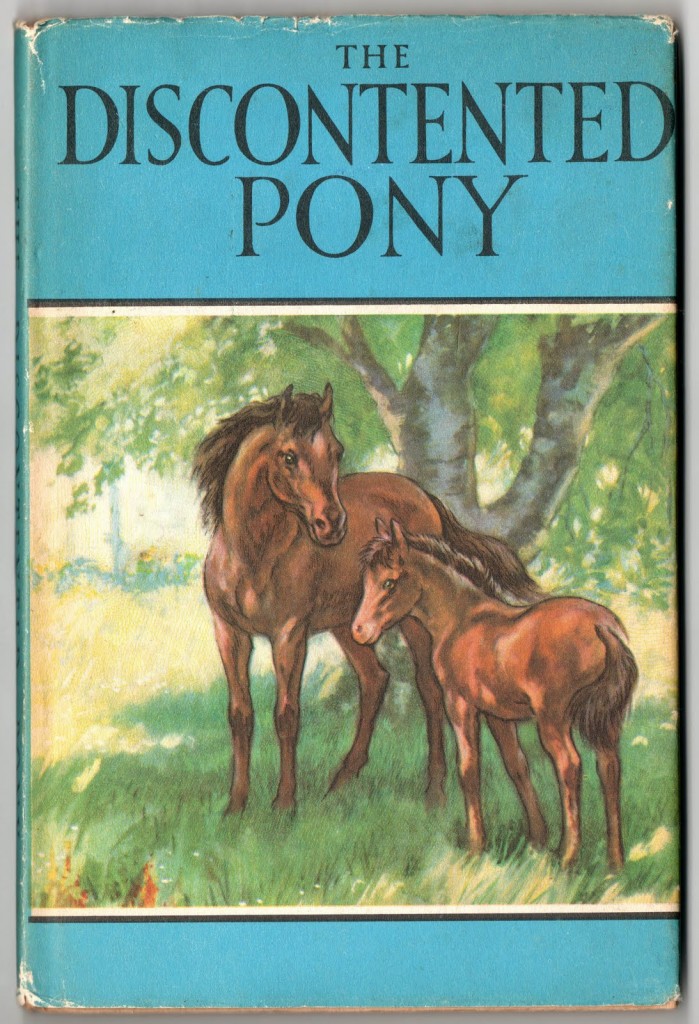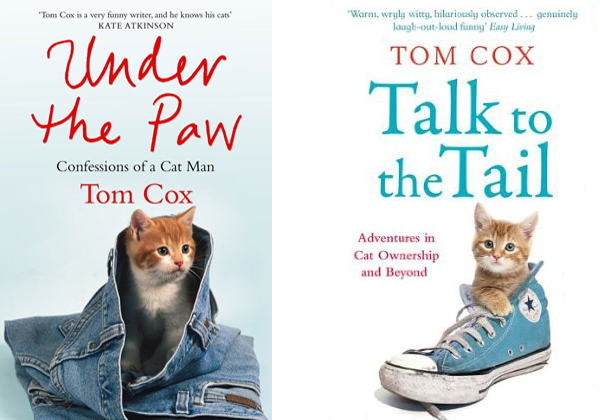Congratulations,Busty Coeds vs Lusty Cheerleaders (2011) iPhone users: you spent a ton of money on apps last year.
Right after the holiday season, Apple touted huge App Store sales. But now analysts at SensorTower have broken down the numbers at the user level to give us a better look at what people were spending their money on.
SEE ALSO: So the App Store is basically Yelp nowThe standout stat: The average iPhone user coughed up $40 on premium apps and in-app purchases throughout the year, up from $35 in 2015. But the spending growth didn't necessarily come from new downloads, as iPhone owners actually downloaded fewerapps in 2016 than the year before (33 per device last year compared to 35 in 2015).
So where did the extra spending come from? iPhone users are making more purchases on the apps they already have, with subscription services likely driving the additional purchases. Along with that, a little game came out in July called Pokémon Go, which was the App Store's biggest hit of the year.
Mobile games took in most of the money for the year, with iPhone users shelling out $27 of that $40 total on games alone, increasing a full $2 per user from 2015. This was likely due to the massive success of the aforementioned Pokémon Go, which reportedly brought in almost a billion dollars in 2016.
It wasn't just games, though, as year-over-year spending increased across the board in each of the top five categories SensorTower tracked. Entertainment, which includes streaming services like Netflix and Hulu, saw the biggest increase with a 130 percent jump in 2016 from the year before. This growth stemmed from direct App Store subscriptions, most notably to Netflix, which raked in $58 million in Q4 2016 alone. In another category, Photo & Video, YouTube Red's subscription service likely played a role in the year-over-year increases.
News that iPhone users are spending more on their favorite apps isn't a surprise — last year, SensorTower analysis showed that 94 percent of the App Store's revenue came from just one percent of publishers. When you combine that purchase power with Apple's push for developers to adopt subscription-based pricing models, meaning users sign up for recurring costs rather than paying a one-time fee to download the app, it becomes even easier for the most popular developers to rake in the cash. When you know what you love, you'll keep using it — so it pays for developers to make you subscribe.
Topics Apple iPhone
(Editor: {typename type="name"/})
 American Mirage
American Mirage
 A Look at Vintage Ladybird Books
A Look at Vintage Ladybird Books
 Charmed, I’m Sure by Sadie Stein
Charmed, I’m Sure by Sadie Stein
 A Look at Vintage Ladybird Books
A Look at Vintage Ladybird Books
 Best eye massager deal: Save $50 on RENPHO Eye Massager
Best eye massager deal: Save $50 on RENPHO Eye Massager
 Tim Shorrock ,April 12, 2018 The Fire This
...[Details]
Tim Shorrock ,April 12, 2018 The Fire This
...[Details]
This Author Hates His Book’s Cover by Sadie Stein
 This Author Hates His Book’s CoverBy Sadie SteinDecember 19, 2013Look, Our Daily Correspondent“
...[Details]
This Author Hates His Book’s CoverBy Sadie SteinDecember 19, 2013Look, Our Daily Correspondent“
...[Details]
Animating the Diary, and Other News by Sadie Stein
 Animating the Diary, and Other NewsBy Sadie SteinDecember 13, 2013On the Shelf“Elmore was the cooles
...[Details]
Animating the Diary, and Other NewsBy Sadie SteinDecember 13, 2013On the Shelf“Elmore was the cooles
...[Details]
Coziness Porn, and Other News by Sadie Stein
 Coziness Porn, and Other NewsBy Sadie SteinDecember 9, 2013On the ShelfSince Alice Munro skipped the
...[Details]
Coziness Porn, and Other NewsBy Sadie SteinDecember 9, 2013On the ShelfSince Alice Munro skipped the
...[Details]
 Zachariah Webb ,September 15, 2017 An Unev
...[Details]
Zachariah Webb ,September 15, 2017 An Unev
...[Details]
 The CarolersBy Titi NguyenDecember 20, 2013Arts & CultureSeveral years ago, my mother announced
...[Details]
The CarolersBy Titi NguyenDecember 20, 2013Arts & CultureSeveral years ago, my mother announced
...[Details]
Mysterious Skin: The Realia of William Gaddis by Matthew Erickson
 Mysterious Skin: The Realia of William GaddisBy Matthew EricksonDecember 24, 2013Arts & CultureM
...[Details]
Mysterious Skin: The Realia of William GaddisBy Matthew EricksonDecember 24, 2013Arts & CultureM
...[Details]
Hear Chinua Achebe Discuss Martin Luther King, Jr.
 Hear Chinua Achebe Discuss Martin Luther King Jr.By Dan PiepenbringJanuary 20, 2014From the ArchiveA
...[Details]
Hear Chinua Achebe Discuss Martin Luther King Jr.By Dan PiepenbringJanuary 20, 2014From the ArchiveA
...[Details]
The Most Disappointing PC Games of 2017
See the 2023 solar eclipse hit Earth in vivid satellite footage
 Millions of Earthlings just watched the "ring of fire" solar eclipse. Out in space, some 22,300 mile
...[Details]
Millions of Earthlings just watched the "ring of fire" solar eclipse. Out in space, some 22,300 mile
...[Details]
接受PR>=1、BR>=1,流量相当,内容相关类链接。